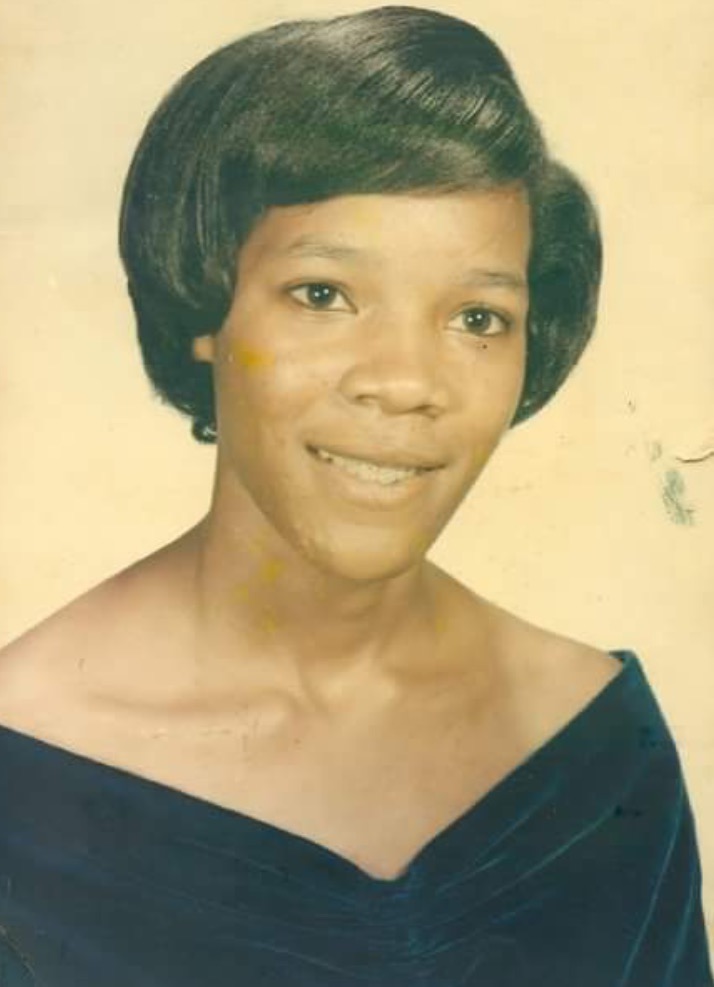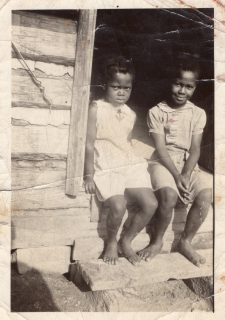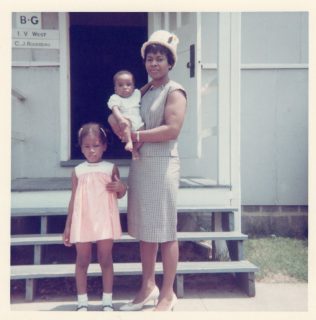Hidden Figures of GPS: The Remarkable Story of Gladys West
- T. Brookshire

- Dec 18, 2023
- 4 min read
Updated: Dec 21, 2023
Most of us use global positioning system technology in one way or another on a regular basis — to add a location to social media posts, or to ask the navigation system in our car to direct us to where we need to be. We do it without even thinking about how the technology behind GPS was developed, or by whom.
Gladys West, an American mathematician, remains a little-known figure despite her substantial contributions to the creation of the Global Positioning System (GPS), a technology that has become integral to our daily lives.
Childhood & Education
Her start was modest. Born in 1930 in Sutherland, Virginia, Dr. West’s early education was in a school house where one teacher taught all 7 grades. Her dad was a farmer and railroad worker, her mom, a tobacco factory employee. West’s determination to achieve higher goals focused her attention on school.
Traveling 17 miles each way, from the family farm and back by school bus, left no time for extracurricular school activities that were limited to school times, so she concentrated on her studies. She also recognized that education offered her a path beyond farming.
West excelled and became the class valedictorian in 1948, receiving a full scholarship to HBCU Virginia State College (now Virginia State University).
"I strived hard to be tough and hang in there the best I could."
In 1952, she graduated with a Bachelor's degree in mathematics and later returned to complete her Master's degree in the same field. Looking for work, all the government jobs she applied for didn’t come through, but teaching did so she spent a few years teaching math and science.

Career at NASA
In 1956, West joined what is now known as the Naval Surface Warfare Center in Dahlgren, Virginia. As the second black woman ever hired and one of only four black employees, she faced the challenges of racial discrimination during the Civil Rights movement. Despite these hardships, she made significant contributions to the field of mathematics, working on projects that ranged from analyzing satellite data to addressing complex mathematical problems related to the Earth's shape and orbit.
The birth of GPS technology was rooted in military applications, as earlier navigation systems lacked the precision required by the Department of Defense. GPS operates through a network of satellites in Earth's orbit, and its accuracy relies on addressing two significant challenges: the theory of relativity and the Earth's non-spherical shape.
To account for relativistic effects on satellite clocks, which move at high speeds in orbit, West contributed to the development of accurate atomic clocks and microcomputers. She also tackled the issue of Earth's non-uniform shape caused by its rotation and topographical features. This necessitated precise models of the Earth's shape, taking into account factors like gravitational forces and ocean dynamics. West programmed an IBM 7030 Stretch computer in the 1970s and 1980s to create these complex models, which were crucial for GPS accuracy.
"Nine times out of 10 they weren't completely right so you had to analyse them and find out what was different to what you expected."


Throughout her career, West displayed unwavering dedication, optimizing processing algorithms and streamlining her team's efforts. She played a pivotal role in shaping the future of radar altimeter satellites, emphasizing the importance of improving satellite geodesy's precision.
Family
Not long after starting work at the base, Mrs West fell in love with the man who would become her husband - Ira West, one of her two male black colleagues. They married, started a family and have been together for more than 60 years. They have three children (Carolyn, David and Michael), and seven grandchildren. Mrs. West and her husband attend church on Sundays and have settled down in King George County, Virginia.
Recognition
West’s contributions and career remained unknown and unsung for decades. Her 42-year career at the navy base was largely unremarked until her sorority sisters asked her to submit a short autobiography for a sorority function. To her surprise, her sorority sisters were amazed and shocked at her experience and magnitude of her contributions to the development of the GPS.
“I just thought it was my work, and we’d never talk to our friends about work. I just never thought about it. I didn’t brag about what I was working on. But to see other people so excited about it, that was amazing.”
Not only did she receive accolades from her sorority but West soon started to get recognition as one of the “hidden figures” for her contribution to the development of GPS. And even though she wasn't specifically mentioned or featured in the film Hidden Figures, (a drama about a trio of African American female mathematicians working for NASA a decade before West), she did finally feel like her work and countless other Black women's work was being unveiled to the world.
“I really loved the movie and I didn’t know that that was going on with them. But they were doing something similar.
I felt proud of myself as a woman, knowing that I can do what I can do. But as a black woman, that’s another level where you have to prove to a society that hasn’t accepted you for what you are. What I did was keep trying to prove that I was as good as you are."
In 2018, West was inducted into the US air force hall of fame. Her work has at last been written into history. She knows it’s a feat that is rare for black women.
“We always get pushed to the back because we are not usually the ones that are writing the book of the past. It was always them writing and they wrote about people they thought were acceptable."
Since retiring in 1998, Gladys West has continued to receive recognition for her contributions to GPS technology and her advocacy for women and minorities in STEM fields. Her work has earned her prestigious honors, including induction into the Air Force Space and Missile Pioneers Hall of Fame, selection as one of the BBC's 100 Women of 2018, and the 2021 Prince Philip Medal from the Royal Academy of Engineering in the UK.
Despite her instrumental role in GPS development, West still prefers using a paper map when traveling, a testament to her unwavering dedication to precise calculations and her enduring legacy in the world of technology.
Other Resources
Wikipedia | https://en.wikipedia.org/wiki/Gladys_West

























Comments